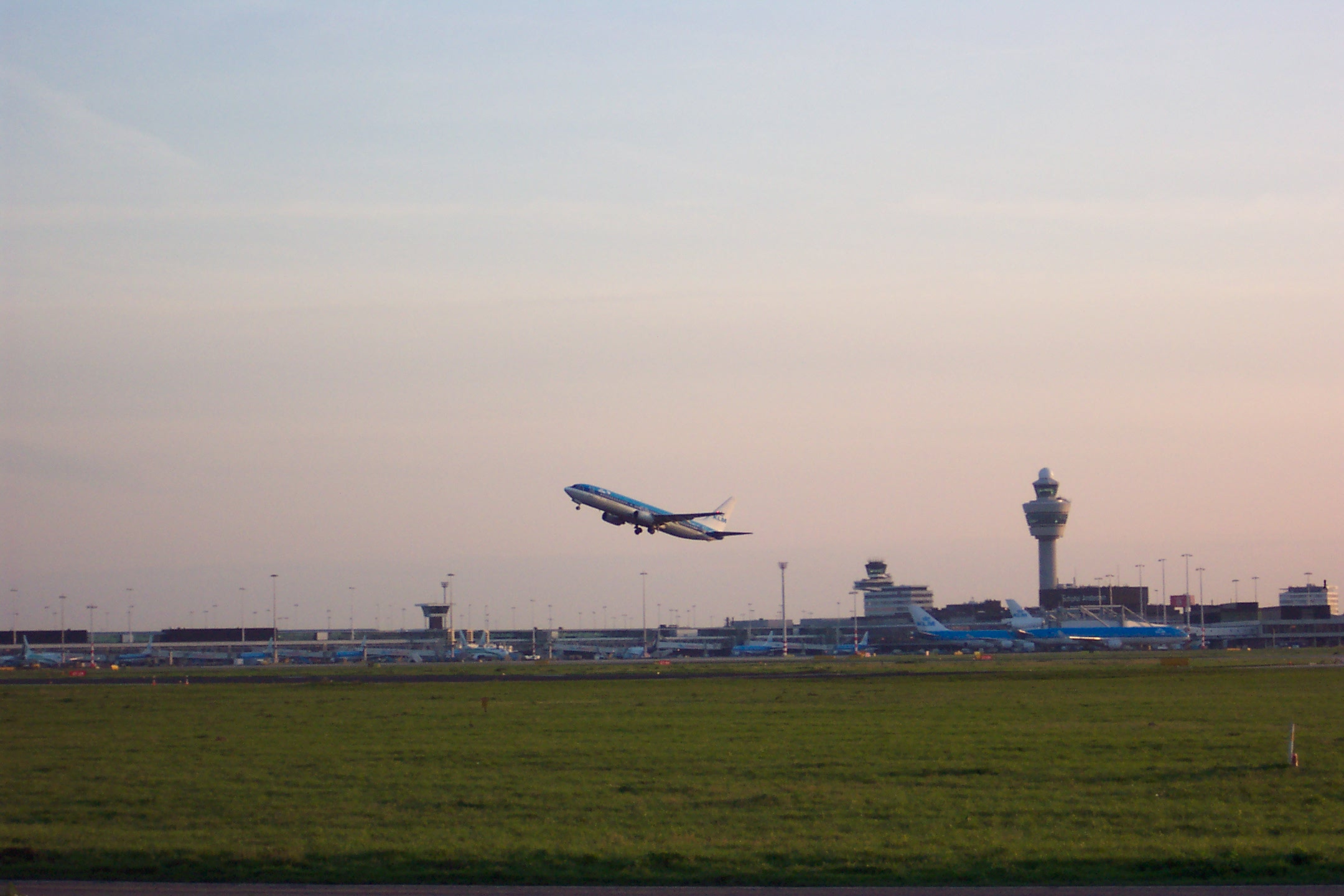dvvnadine24973
About dvvnadine24973
Private Jets: A Complete Research on Their Evolution, Benefits, And Market Dynamics
Private jets have turn into synonymous with luxurious, exclusivity, and comfort. Over the previous few a long time, the private aviation business has advanced considerably, reworking from a niche market catering to the extremely-rich to a extra accessible mode of transport for business executives and affluent travelers. This report delves into the evolution of private jets, their benefits, the market dynamics, and the future of this sector.

Historic Evolution of Private Jets
The concept of private aviation dates back to the early twentieth century, with the first private aircraft showing shortly after World War I. However, it wasn’t till the 1960s that the private jet trade started to take shape. The introduction of the Learjet 23 in 1964 marked a pivotal moment, as it was one among the primary business jets designed particularly for company travel, paving the way in which for different manufacturers to enter the market.
The 1970s and 1980s noticed an growth of the private jet market, with models just like the Cessna Citation and the Gulfstream II gaining reputation among enterprise executives. The deregulation of the airline industry within the United States in 1978 further fueled the growth of private aviation, as it allowed for more flexibility and alternatives in air journey.
By the 1990s, the private jet market had matured, with an increasing number of manufacturers producing quite a lot of aircraft to meet the various wants of their clientele. The introduction of fractional possession packages, corresponding to NetJets in 1986, allowed people and corporations to share ownership of jets, making private aviation extra accessible.
Advantages of Private Jets
- Time Efficiency: One in every of the primary advantages of private jets is the significant time financial savings they provide. Private jets can access smaller airports, permitting travelers to fly nearer to their last locations without the necessity for prolonged layovers or transfers. Moreover, private jet travelers can bypass lengthy safety traces and test-in processes usually related to commercial airways.
- Flexibility: Private jets present unparalleled flexibility by way of scheduling. Travelers can set their departure instances and change flight plans on brief discover, accommodating last-minute business meetings or personal commitments.
- Consolation and Privateness: The luxury and comfort of private jets are unmatched. Passengers can enjoy spacious cabins, customized interiors, and high-finish amenities, including gourmet catering and in-flight entertainment. Moreover, the privacy provided by private jets permits for confidential discussions and private relaxation during flights.
- Entry to Distant Places: Private jets can attain airports that are not serviced by business airlines, offering access to distant areas and unique locations. This is particularly advantageous for business travelers visiting purchasers in less accessible areas.
- Enhanced Safety: Private aviation is often seen as a safer different to industrial flying. With fewer passengers and a higher level of control over the flight environment, private jet operators can implement stringent safety protocols and maintain a better normal of aircraft maintenance.
Market Dynamics
The private jet market has experienced fluctuations influenced by financial circumstances, technological developments, and shifting consumer preferences. The worldwide marketplace for private jets was valued at approximately $27 billion in 2022 and is projected to grow at a compound annual development rate (CAGR) of round 5% over the following decade.
Key Players
Several main manufacturers dominate the private jet business, including Bombardier, Gulfstream, Cessna, and Embraer. Each of these corporations affords a spread of aircraft catering to totally different market segments, from light jets preferrred for brief trips to large jets designed for lengthy-haul journey.
Fractional Possession and Jet Card Programs
Fractional ownership and jet card programs have performed a significant role in democratizing private aviation. Fractional ownership allows individuals and corporations to purchase a share of a jet, providing them with entry to the aircraft for a set number of hours each year. Jet card programs provide a pay-as-you-go model, allowing travelers to purchase flight hours without the lengthy-time period dedication of possession.
These fashions have attracted a broader clientele, together with small companies and individuals who may not have the sources to own a whole aircraft. The rise of on-demand charter companies has further elevated access to private aviation, enabling travelers to ebook flights as needed.
Environmental Concerns
As concerns about local weather change and environmental sustainability develop, the private aviation trade faces growing scrutiny regarding its carbon footprint. Private jets are sometimes criticized for their high emissions in comparison with industrial flights. However, the industry is actively seeking ways to scale back its environmental influence.
Many manufacturers are investing in analysis and improvement to create extra gasoline-environment friendly engines and discover alternative fuels. The adoption of sustainable aviation fuel (SAF) is gaining traction, as it can significantly reduce greenhouse fuel emissions. Additionally, the business is exploring electric and hybrid aircraft applied sciences, which could revolutionize private aviation in the approaching years.
The future of Private Jets
The future of private jets appears promising, with several traits shaping the trade landscape. The growing demand for personalised journey experiences, coupled with technological developments, is likely to drive innovation in aircraft design and providers.
- Technological Improvements: Developments in avionics, supplies, and aerodynamics are anticipated to reinforce the efficiency and efficiency of private jets. The integration of artificial intelligence and automation in flight operations may also enhance safety and operational effectivity.
- Sustainability Initiatives: As the industry responds to environmental issues, sustainability initiatives will play a vital position in shaping the future of private aviation. If you adored this information and you would like to receive additional facts regarding private airline flights – https://privatejetscharter.review, kindly check out the page. The event of electric and hybrid aircraft, together with the widespread adoption of SAF, can be vital in decreasing the industry’s carbon footprint.
- Altering Shopper Preferences: The COVID-19 pandemic has shifted client preferences in direction of private travel, with many individuals and companies prioritizing security and adaptability. This trend is more likely to proceed, additional driving development within the private jet market.
- Increased Competitors: As extra gamers enter the market, competition will intensify, leading to improved companies and pricing fashions. This might profit consumers by providing more choices and higher worth for private aviation companies.
Conclusion
Private jets signify a novel and evolving segment of the aviation business, offering unparalleled comfort, comfort, and adaptability. While the market faces challenges, together with environmental considerations and economic fluctuations, the way forward for private aviation looks vibrant. With ongoing improvements and a growing demand for personalised travel experiences, private jets will continue to play a major role within the broader panorama of air travel.

No listing found.
